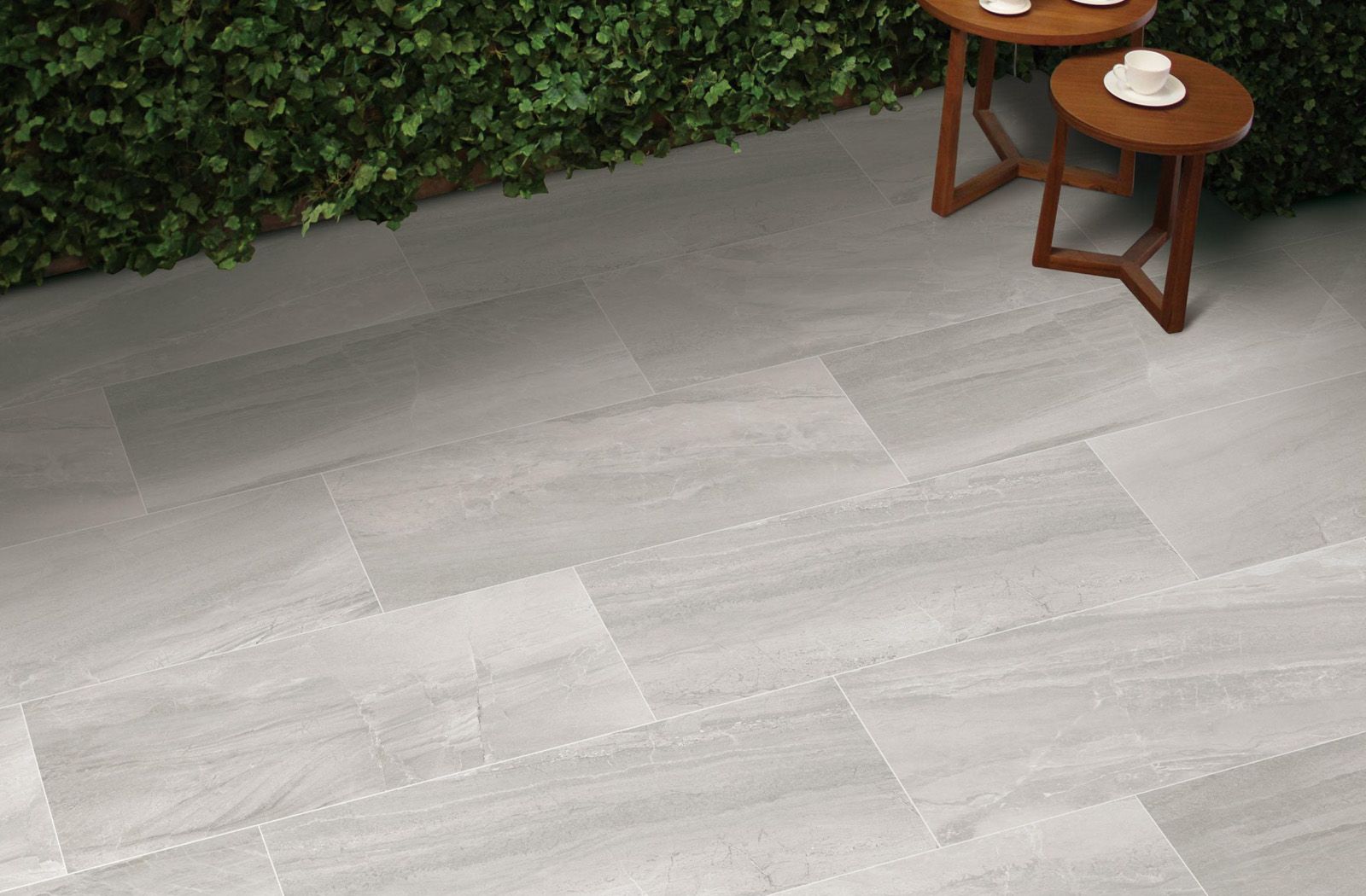Lagom
“Lagom är bäst”, goes the well-known Swedish saying, meaning “not too much, not too little, just the right amount”, and this is the vision that has inspired Lagom, a graceful, pleasantly balanced series of porcelain, called upon to reinterpret the concept of wood and to create new atmospheres for interiors.
